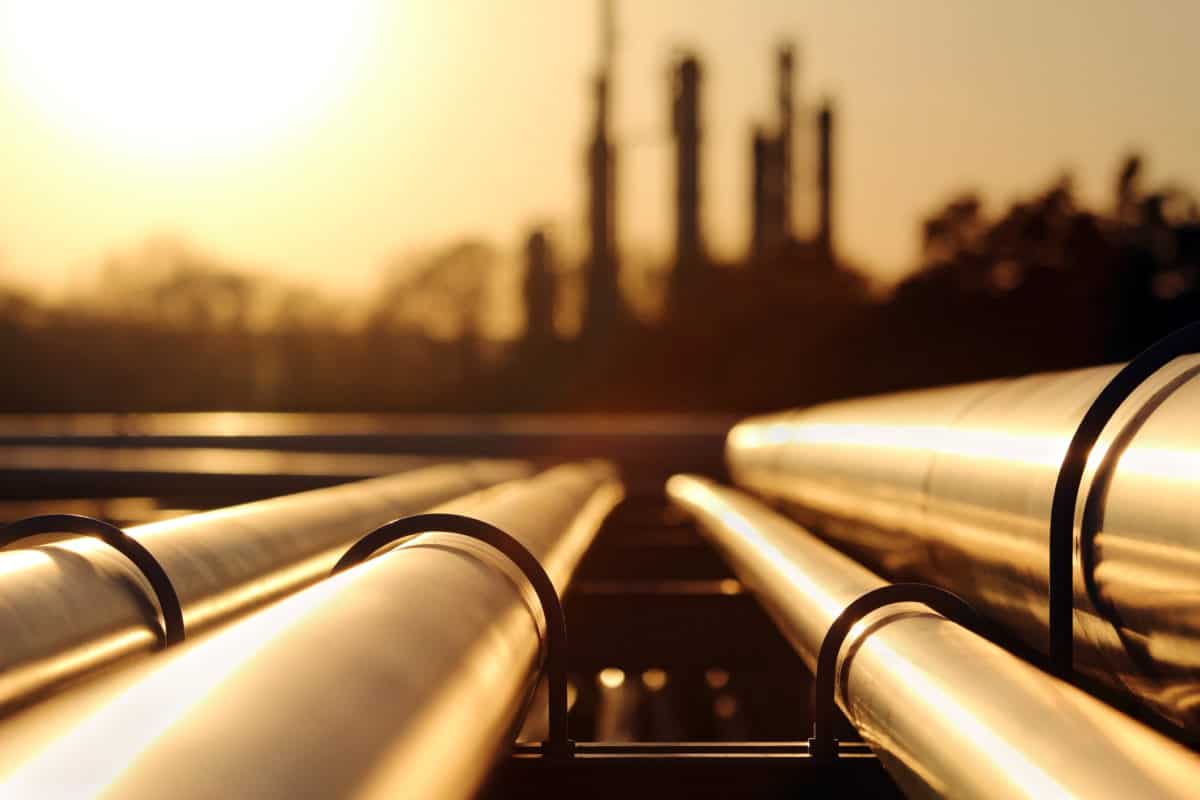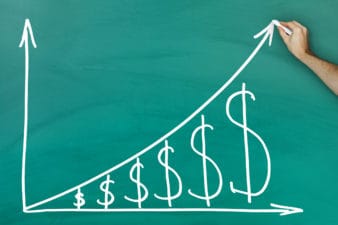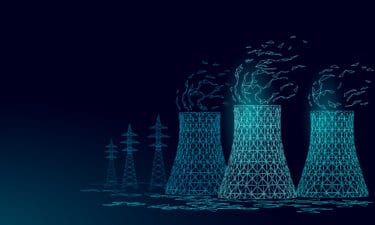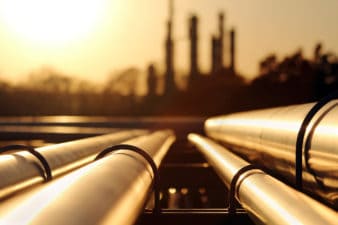On the surface, Enbridge (TSX:ENB) stock seems to be doing anything but slumping. Shares of the energy stock are actually up 16% in the last year. However, after hitting all-time highs in 2025, shares have come back down. After hitting about $70 per share, Enbridge stock is now down 7% since the end of September. What’s more, it hasn’t shown any rebound as of yet.
So, what gives? Let’s look at what’s putting Enbridge stock under pressure, and if that pressure is about to explode or provide lift off.
What happened?
Enbridge is a large North American energy infrastructure company. Its core businesses include pipeline transport of crude oil and natural gas, gas-distribution utilities, and growing exposure to renewables and transition infrastructure. Even recently the dividend stock announced multi-billion dollar upgrades to its “Mainline” crude oil pipeline system and made acquisitions in gas utilities.
Yet this has brought up issues. Despite its stable business model, some analysts believe Enbridge is trading at a premium relative to its peers or relative to the risks. That makes investors cautious, especially if the future outlook dims. What’s more, Enbridge has large investment commitments, such as $2 billion for the Mainline upgrade to 2028. At the same time, project cost escalations raise concerns about capital discipline.
While Enbridge benefits from pipelines and gas distribution, the broader energy sector is undergoing a transition. There is increasing regulatory, environmental and market pressure on fossil-fuel infrastructure. One piece in the news is the legal and environmental risk tied to its Line 5 pipeline under the Great Lakes. If energy policy or permitting becomes tighter, the valuation premium for infrastructure companies may shrink.
Is the dividend safe?
With all this under consideration, investors today likely want to know just how safe the dividend is. For that, we need to dig into earnings. First off, the business is toll-based, meaning it earns fees from transporting energy and not from oil prices themselves. That fee structure provides steady, predictable cash flow, even when crude prices swing wildly. About 98% of its earnings come from regulated or long-term contracted assets, a key reason investors view it as stable income in any environment.
Recent second-quarter earnings reinforced that the core business remains solid. Adjusted earnings before interest, taxes, depreciation, and amortization (EBITDA) hit $5.2 billion, up 8% year over year. Plus, distributable cash flow hit $2.8 billion, with full-year DCF reaffirmed to between $5.40 and $5.80 per share.
So, as of now, that dividend yield of 5.7% looks safe, with 29 consecutive years of increases. The payout ratio, however, shows there is still work to be done. Right now, that ratio is at 130%, showing that the company needs to increase earnings and cash flow to keep growing its dividend and not get into trouble.
Bottom line
Enbridge fits the bill for long-term investors focused on stable, compounding income. Its pipelines and gas networks move 30% of North America’s crude oil and 20% of its natural gas, and those volumes won’t disappear overnight, even amid an energy transition. The dividend stock continues to expand into low-carbon assets like renewables, hydrogen, and carbon capture, giving it a bridge into the next era of energy.
However, large acquisitions and capital spending require disciplined financing. If rates stay high, debt costs could pressure cash flow. Projects like Line 5 still face legal challenges, which could lead to one-time expenses. While Enbridge is adapting, any major shift away from hydrocarbons faster than expected could limit future pipeline growth. For now, income-focused investors can still pick up Enbridge stock for a strong long-term buy, not a flashy growth pick.






